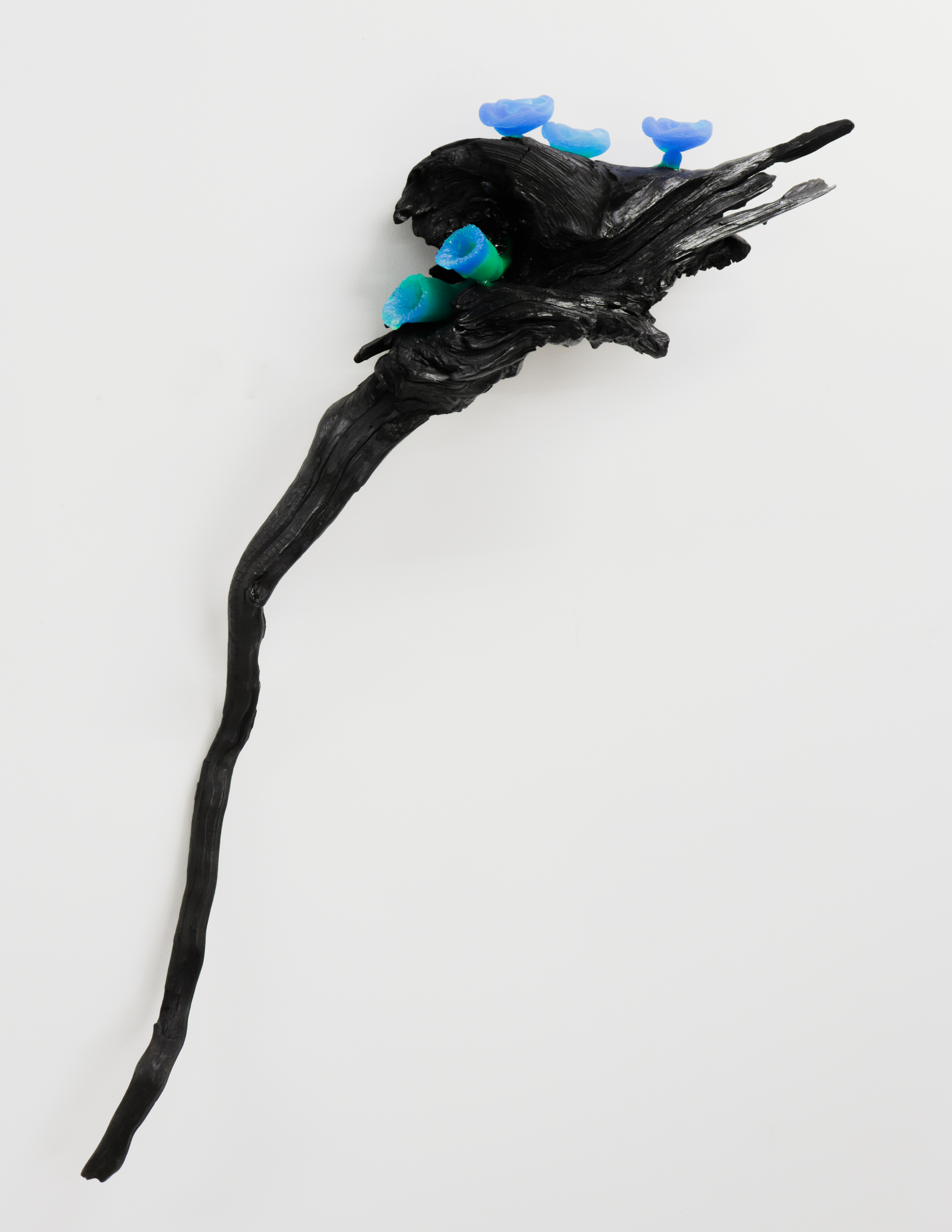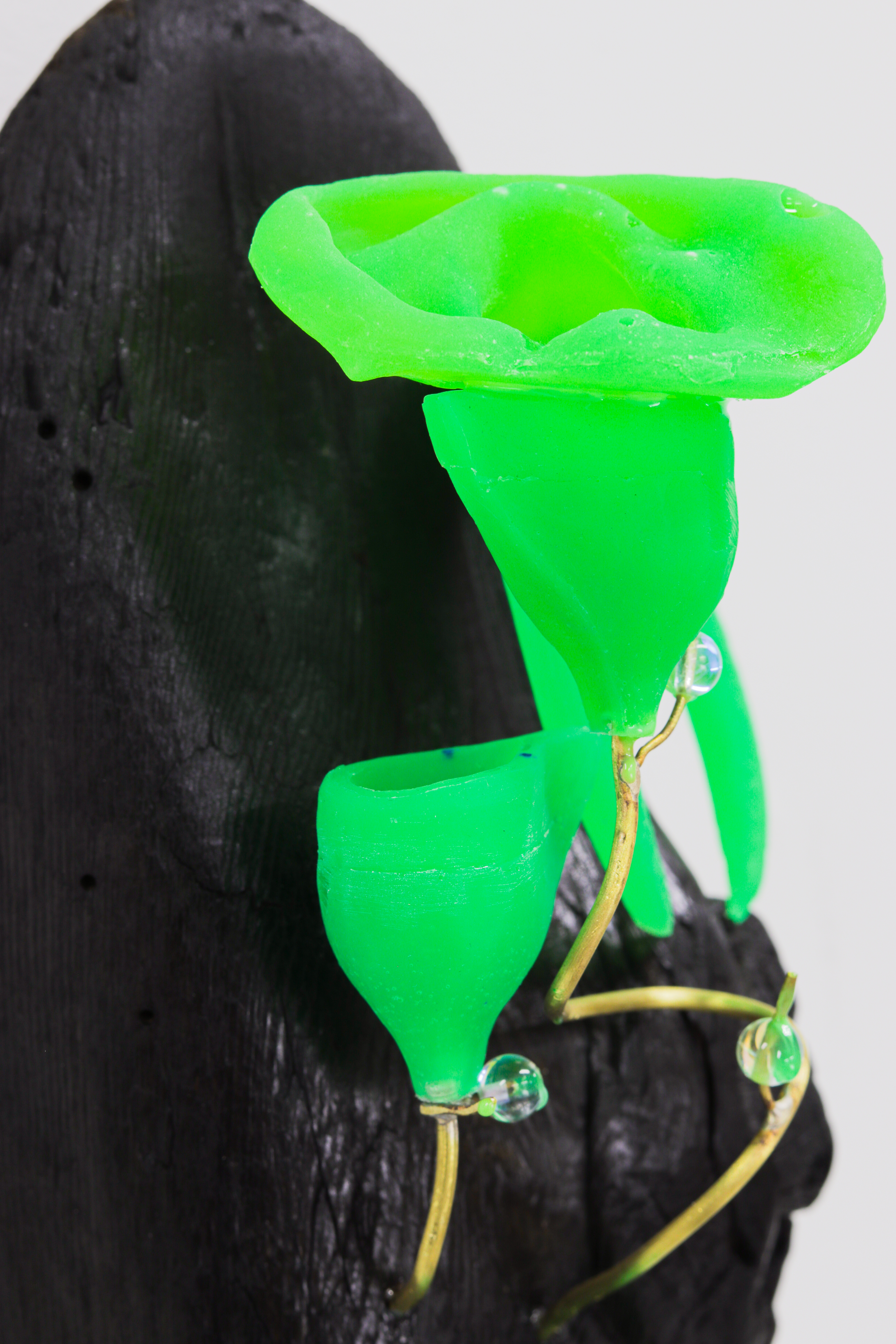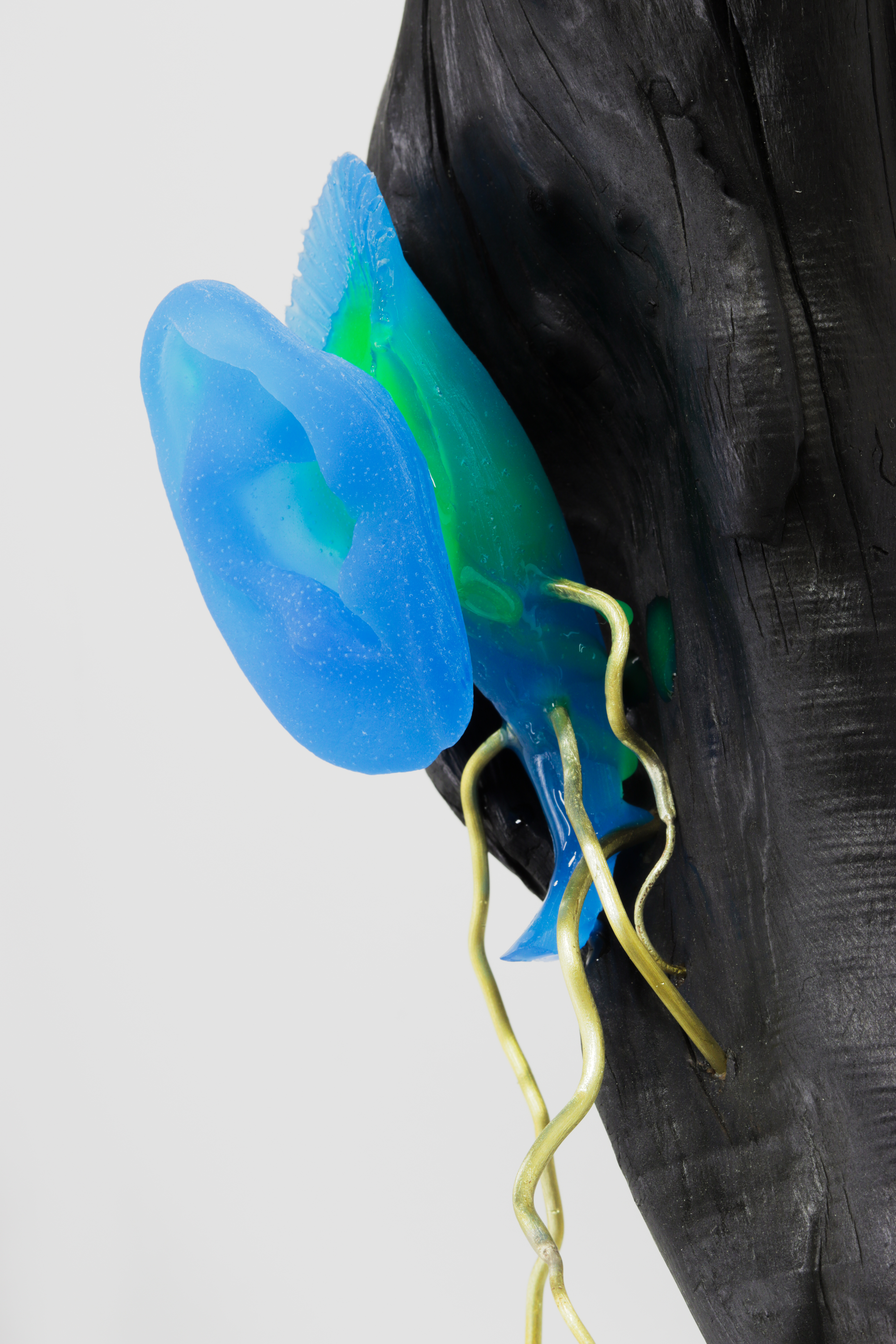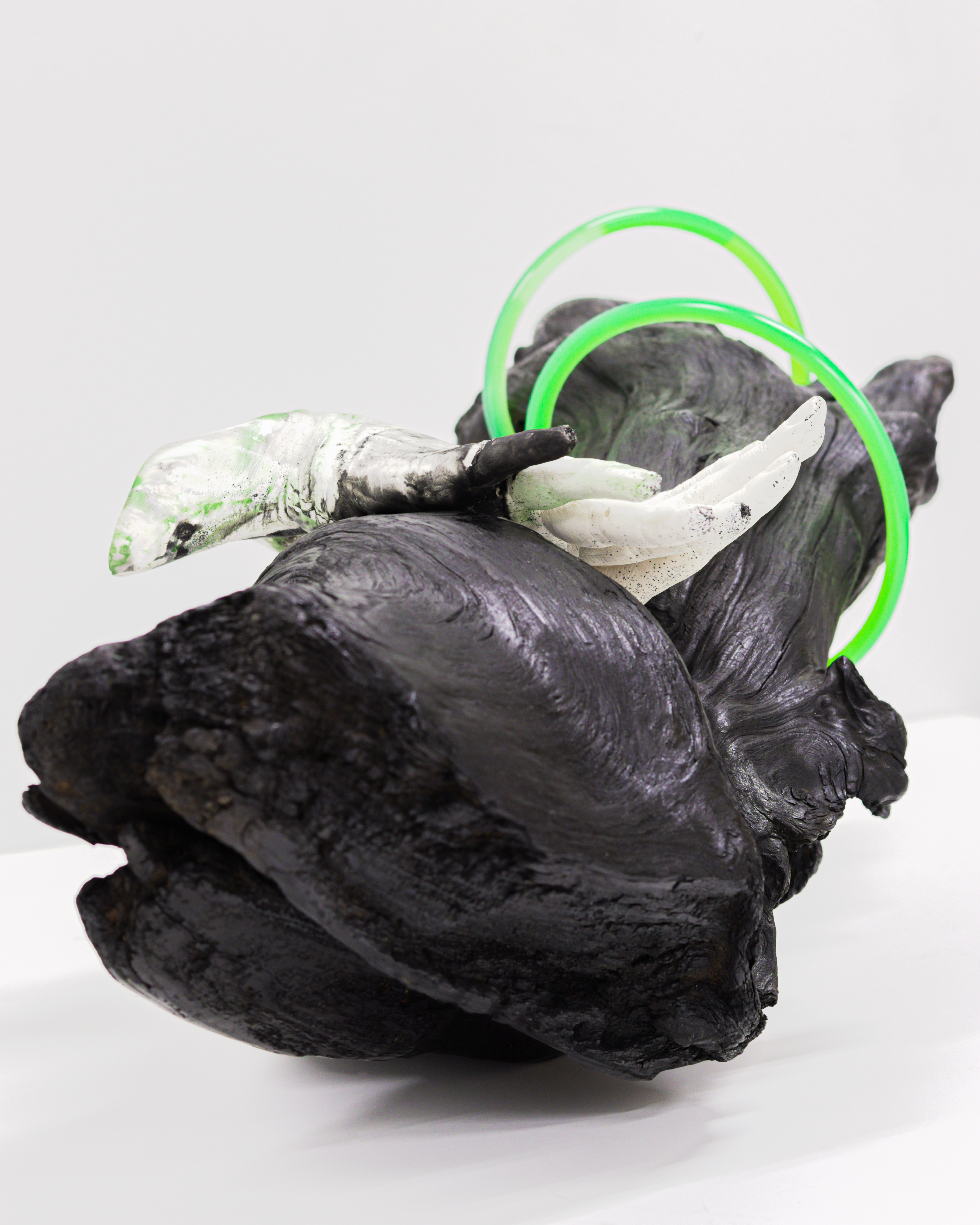Primary Futures
11–04–25
11–04–25
Part of the exhibition Emergent/cy, at ENTRE, Vienna. Primary Futures reflects on the changing conditions of Canada’s primary and old-growth forests, focusing on the Western Red Cedar—an ancient species and vital carbon store. Through burning, dyeing, and layering cedar and canvas, Primary Futures traces the marks left by fire, sun, water, and industry, highlighting how these forces are intensifying and reshaping forest ecosystems.
material
cedar, canvas, climbing rope, knuts.
cedar, canvas, climbing rope, knuts.




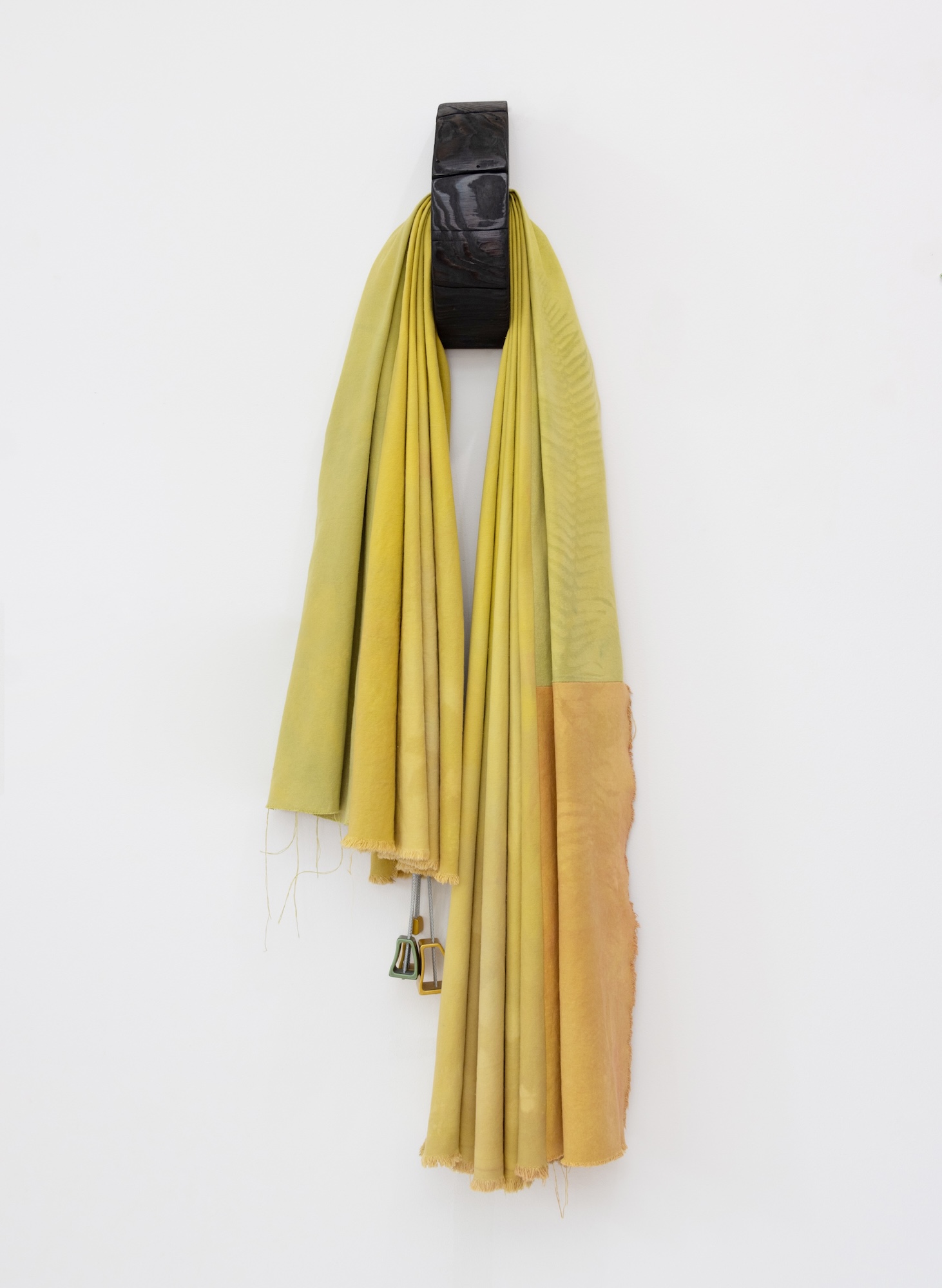


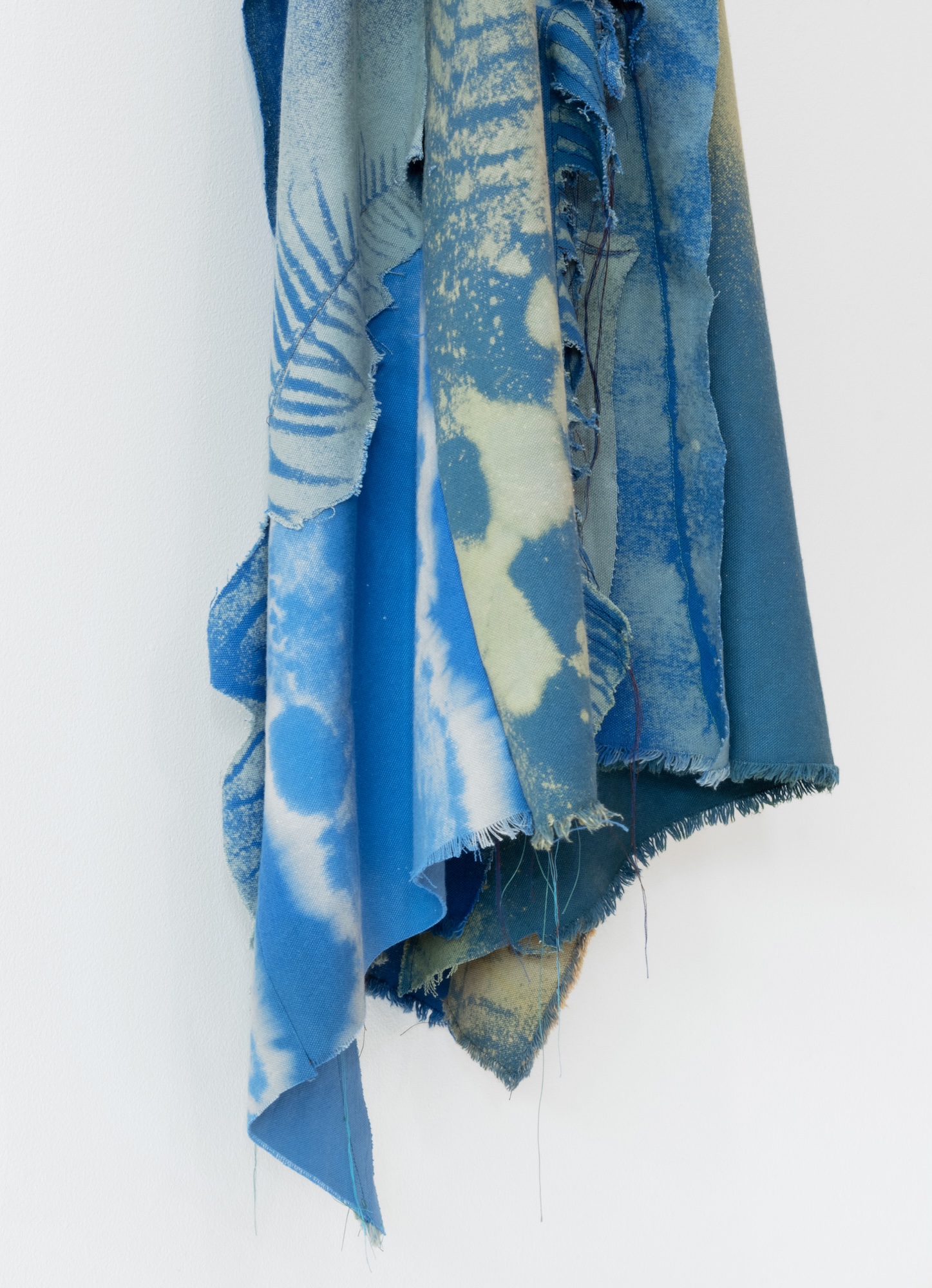
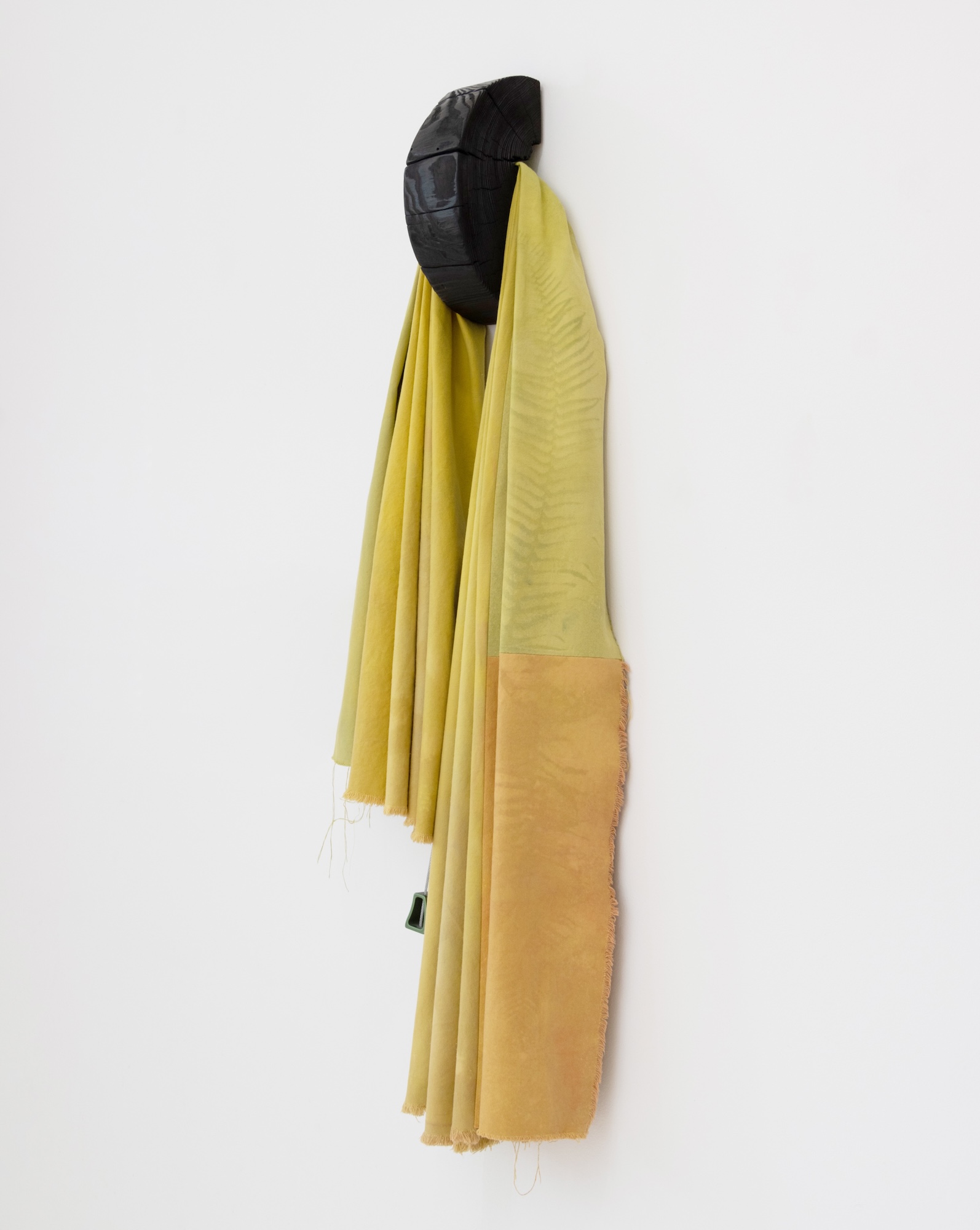

Constellations are drawn from storied connections in cedar and stone. Drawn from daily life, a sleeper and a seeker, consist of dremeled drawings indented into chunks of charred Cedar. Polished moonstones sit in the grooves of drawn lines, creating constellations in prismic stone.
material
cedar, moonstones, pins, hardware.


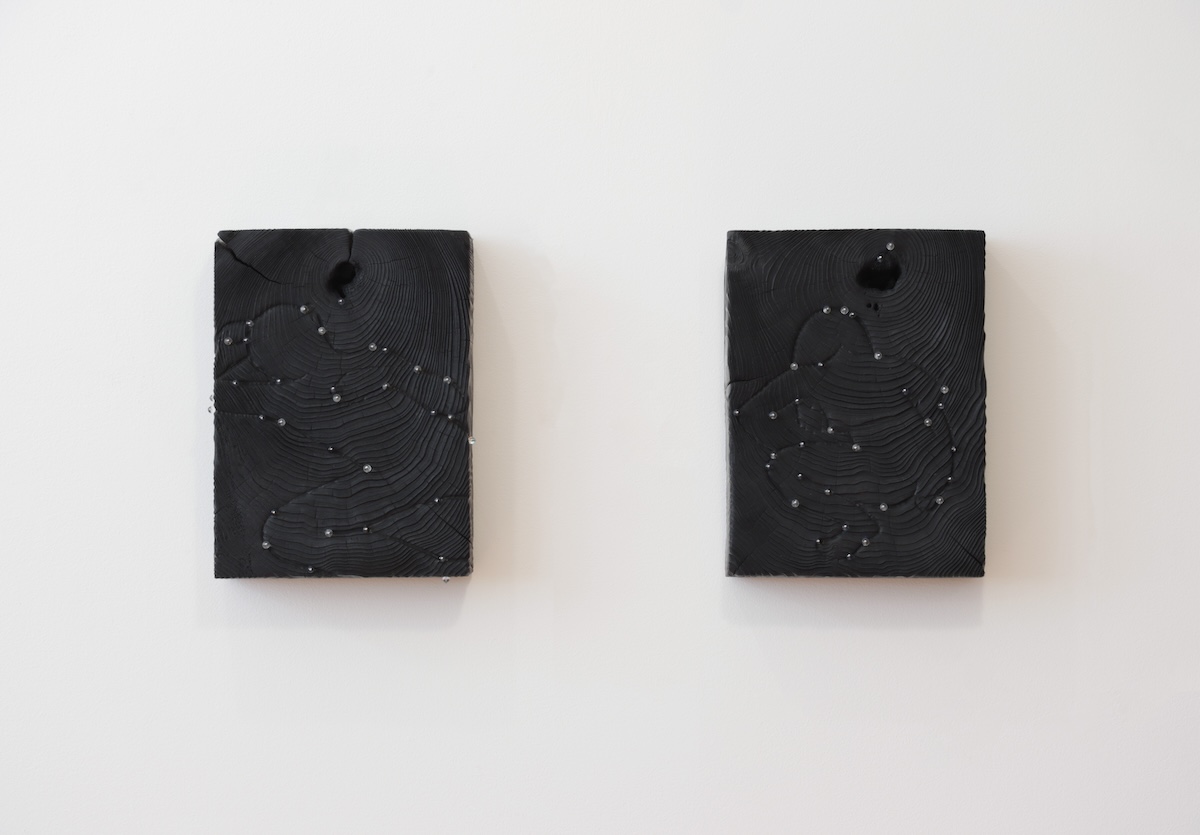
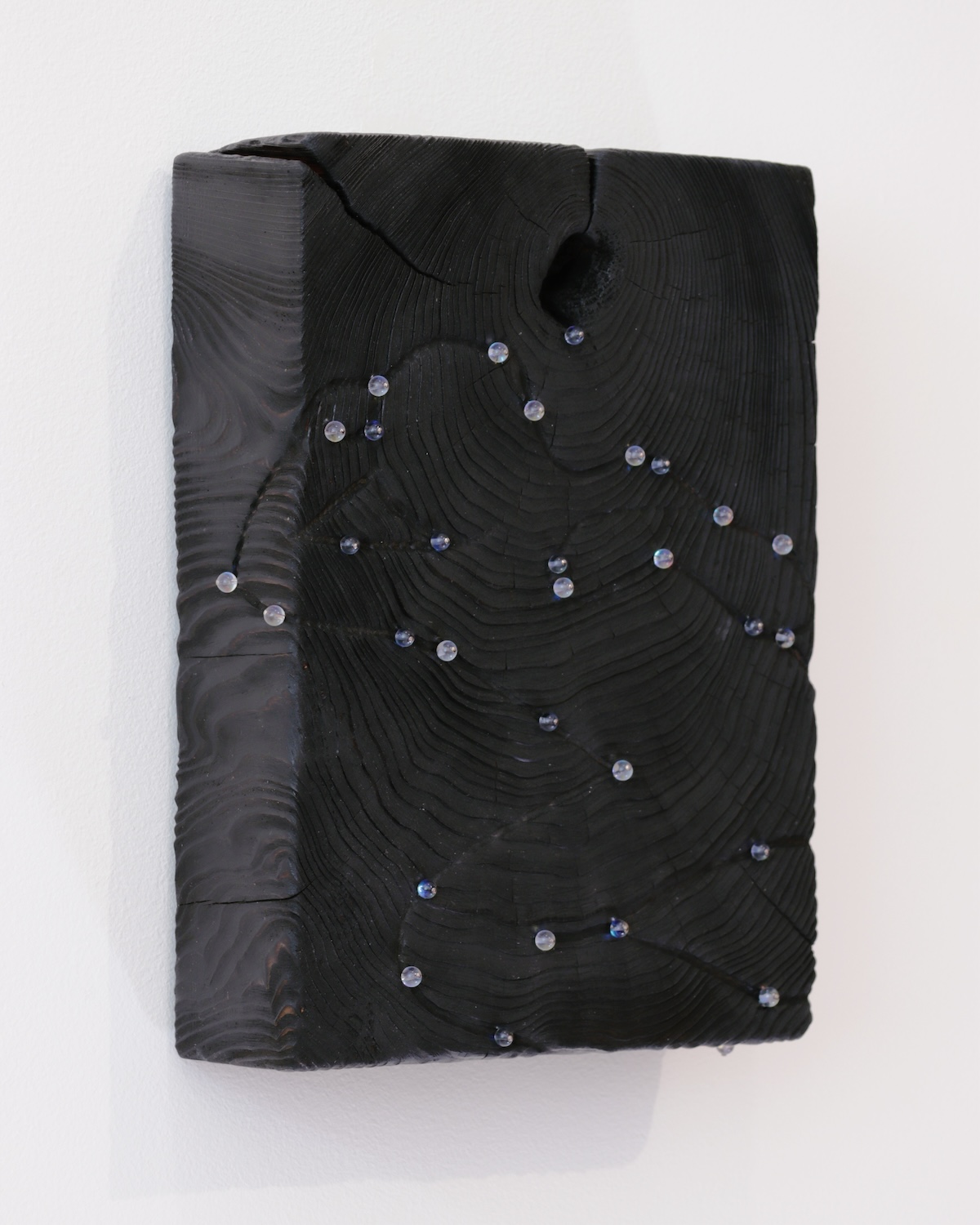


Cedar Chorus [in five parts] was conceived for re:location, a group exhibition at Salt Spring Arts, that brought together artists engaging with the complexities of place, ecology, and cultural narratives within the Salish Sea.
material
tinted acrylic, arbutus, cedar, hydrostone, shells, rope, caribiners, resin, sand.
tinted acrylic, arbutus, cedar, hydrostone, shells, rope, caribiners, resin, sand.
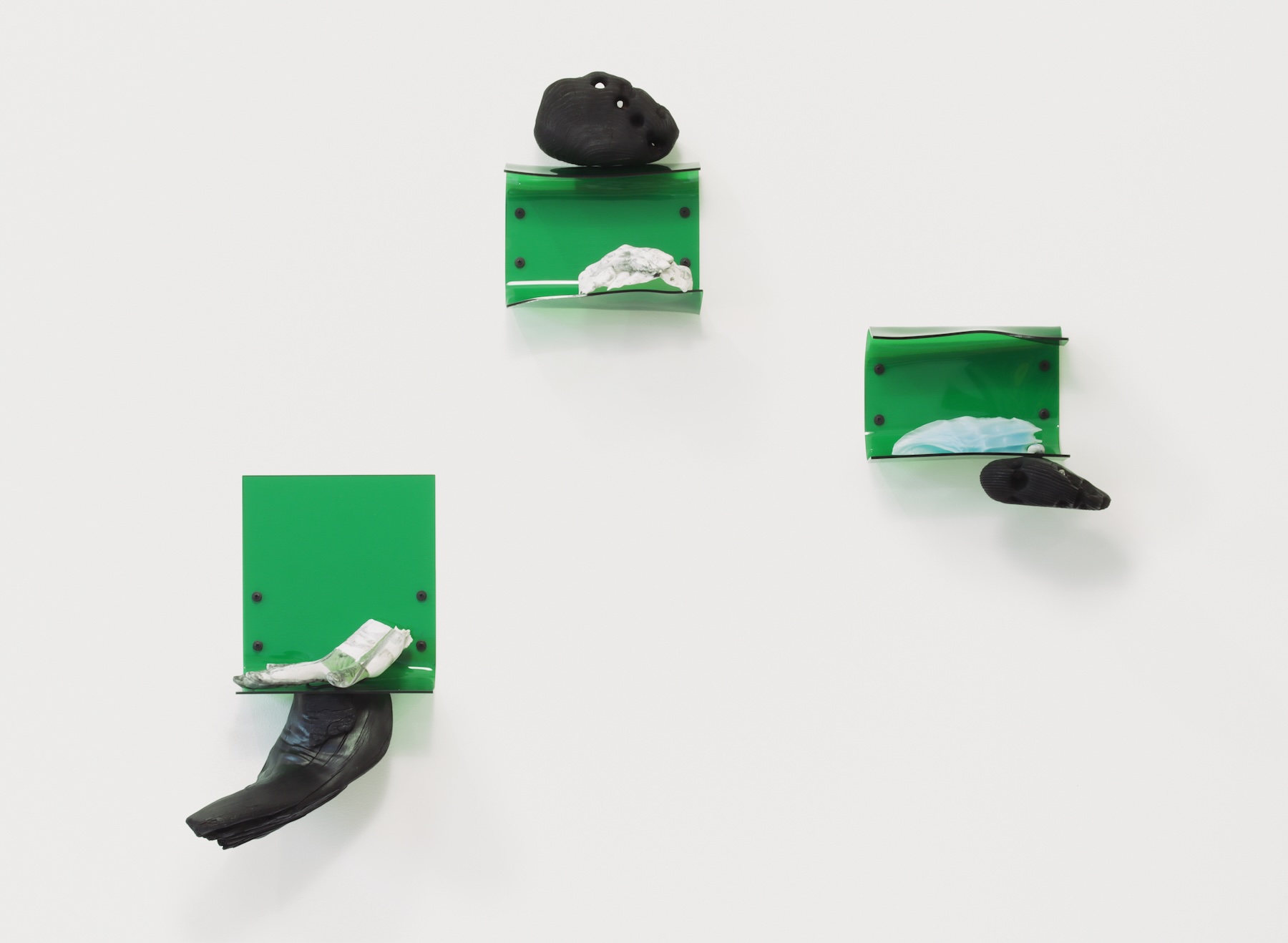
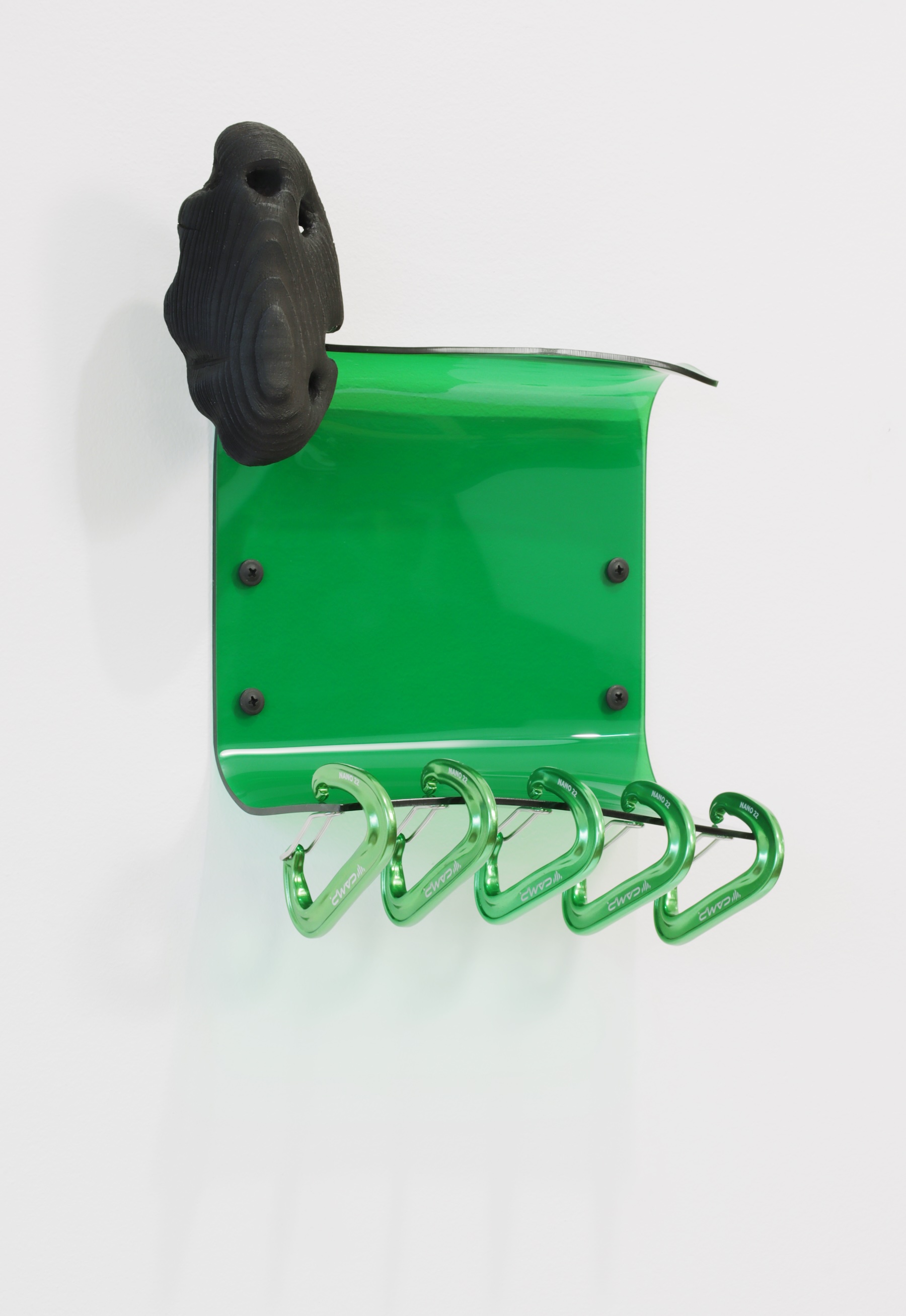
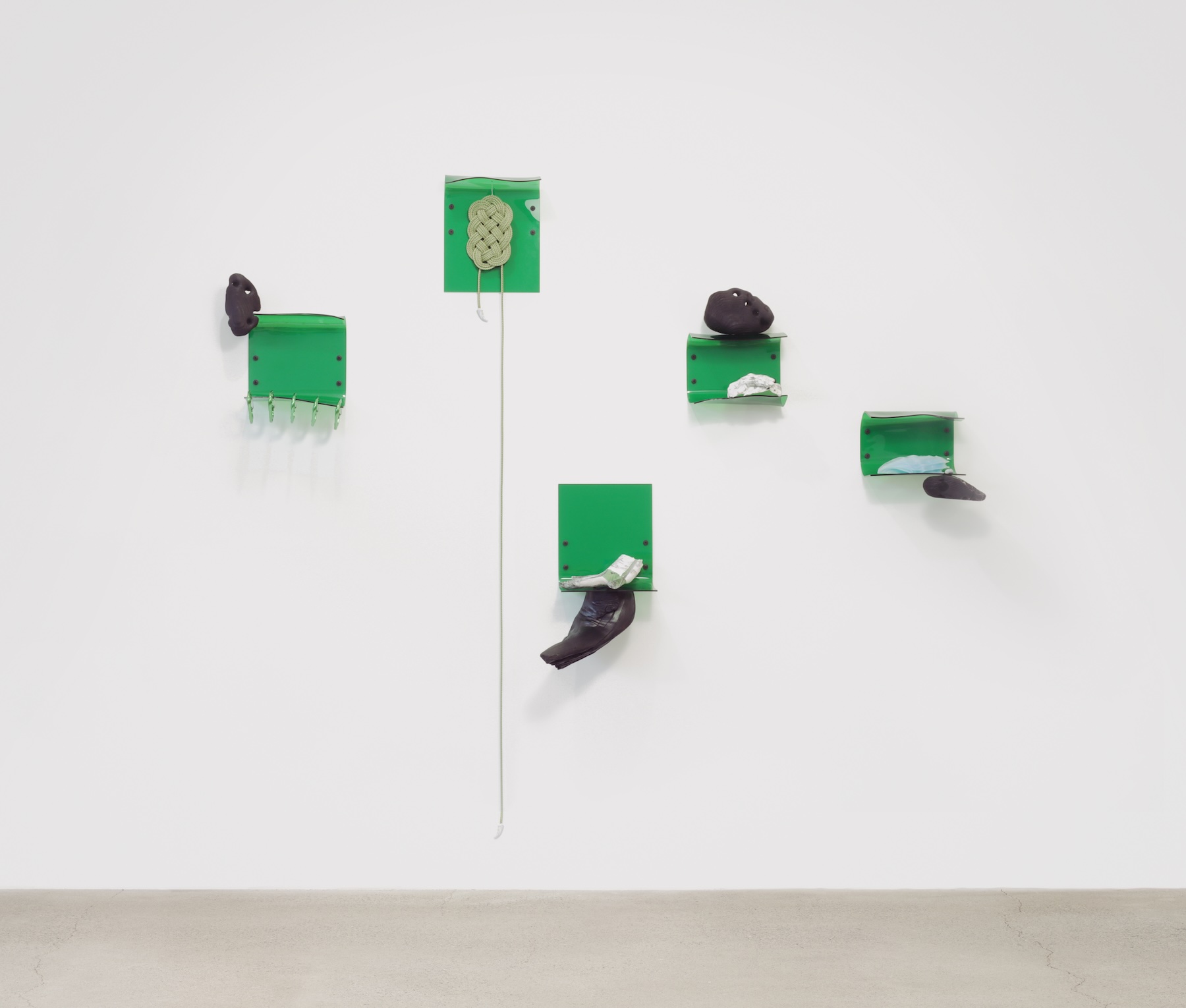
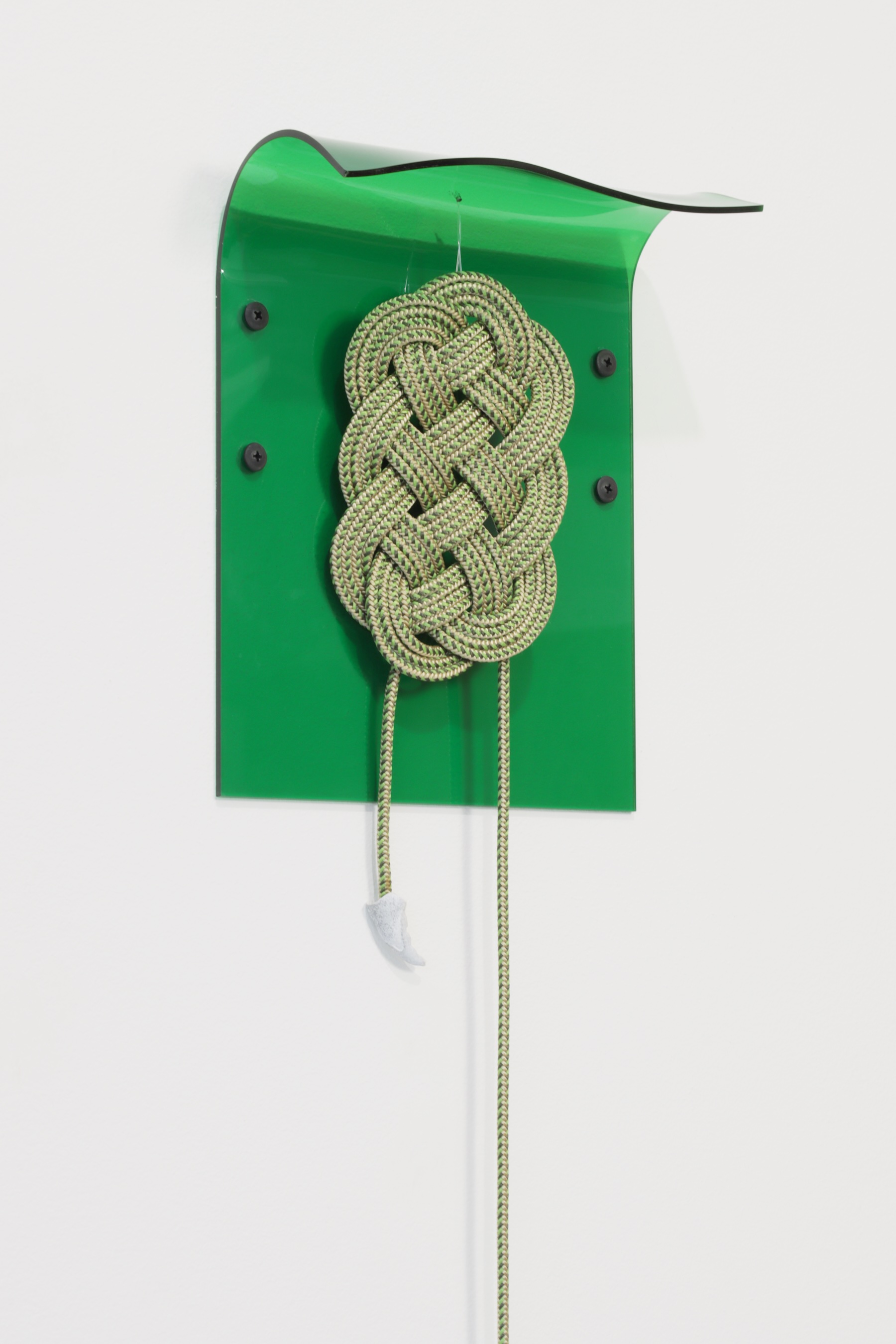

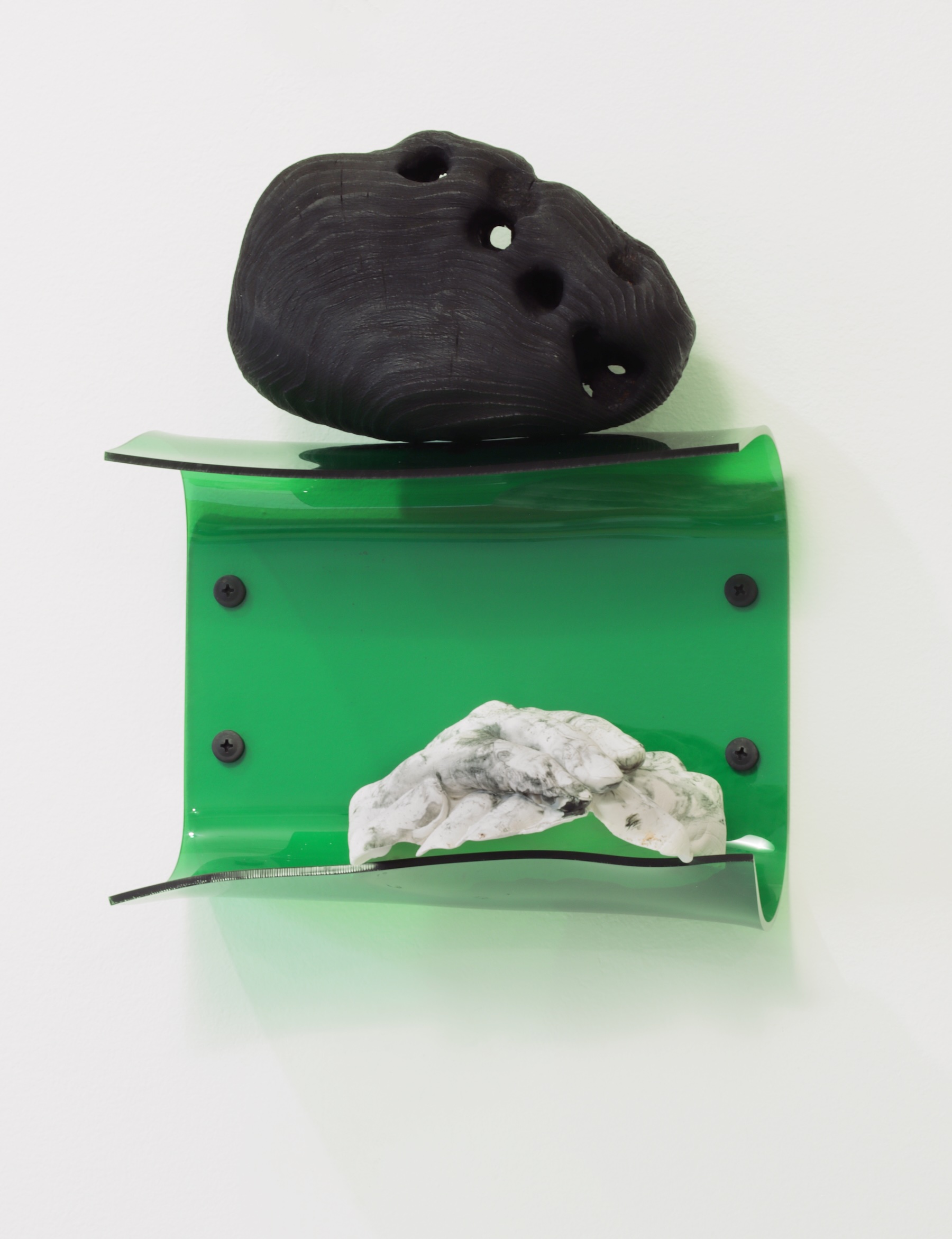
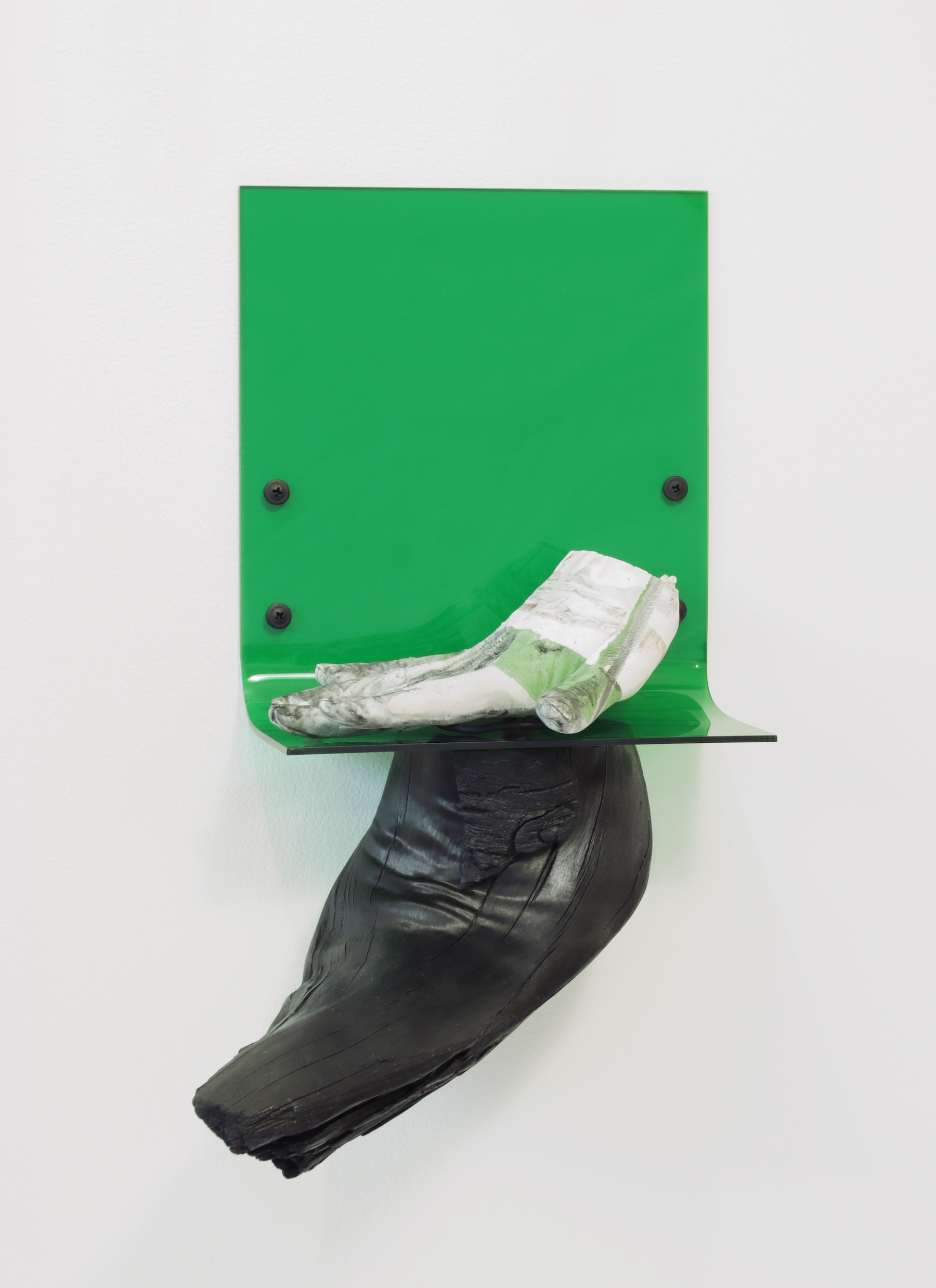
Sink Or Shiver (2022) is a series sculptures exhibited with Zalucky Contemporary. Sink Or Shiver is composed of charred pine, electric pigments mixed by the artist, and resin cast, cupped hands and bent knees. The artists hands and knees are inset into holes in the charred planks. The hollow shells in multi-coloured resins, become egg-like emergences from the charred wood.
material
pine, pigments, resin casts, hardware.

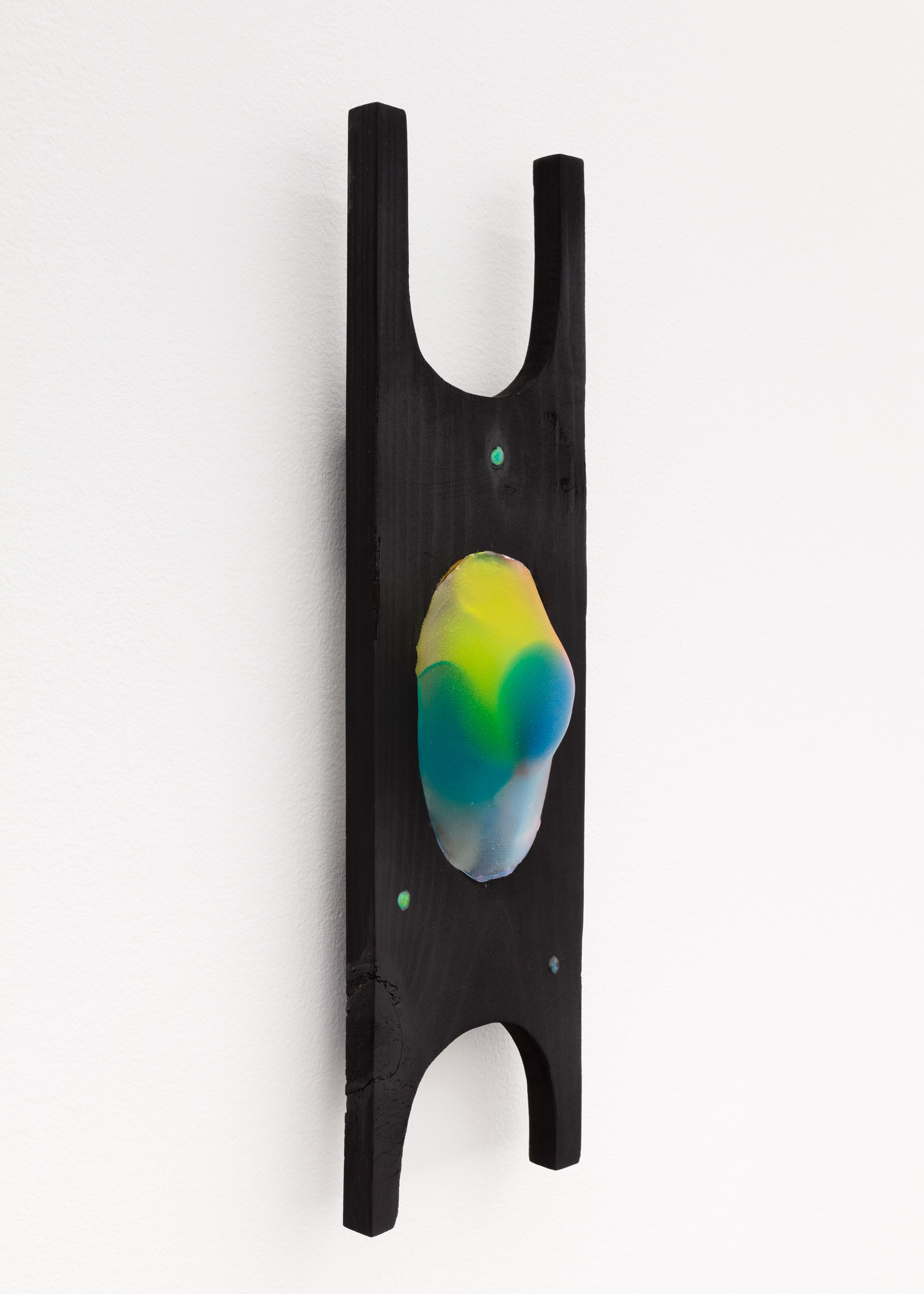





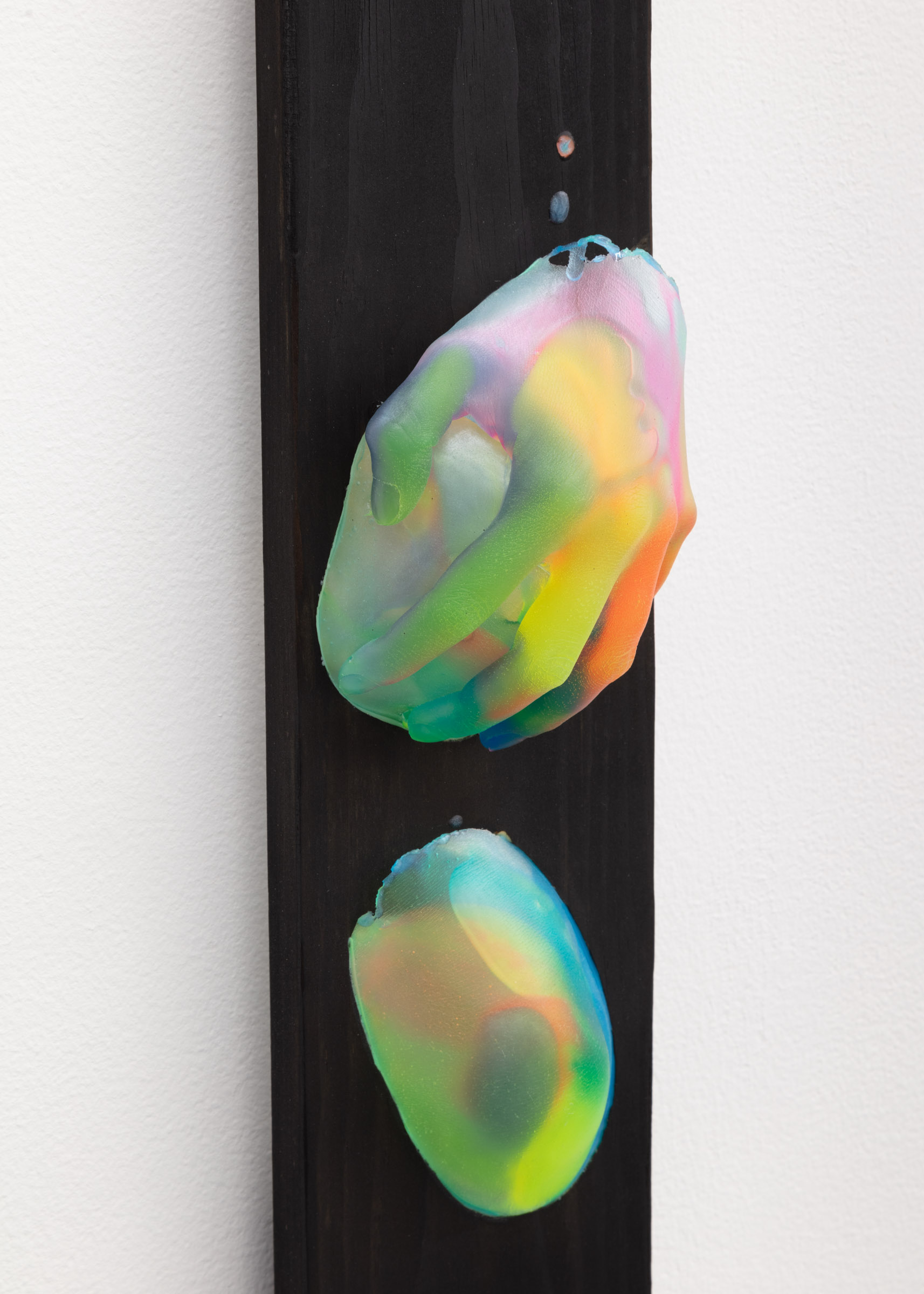
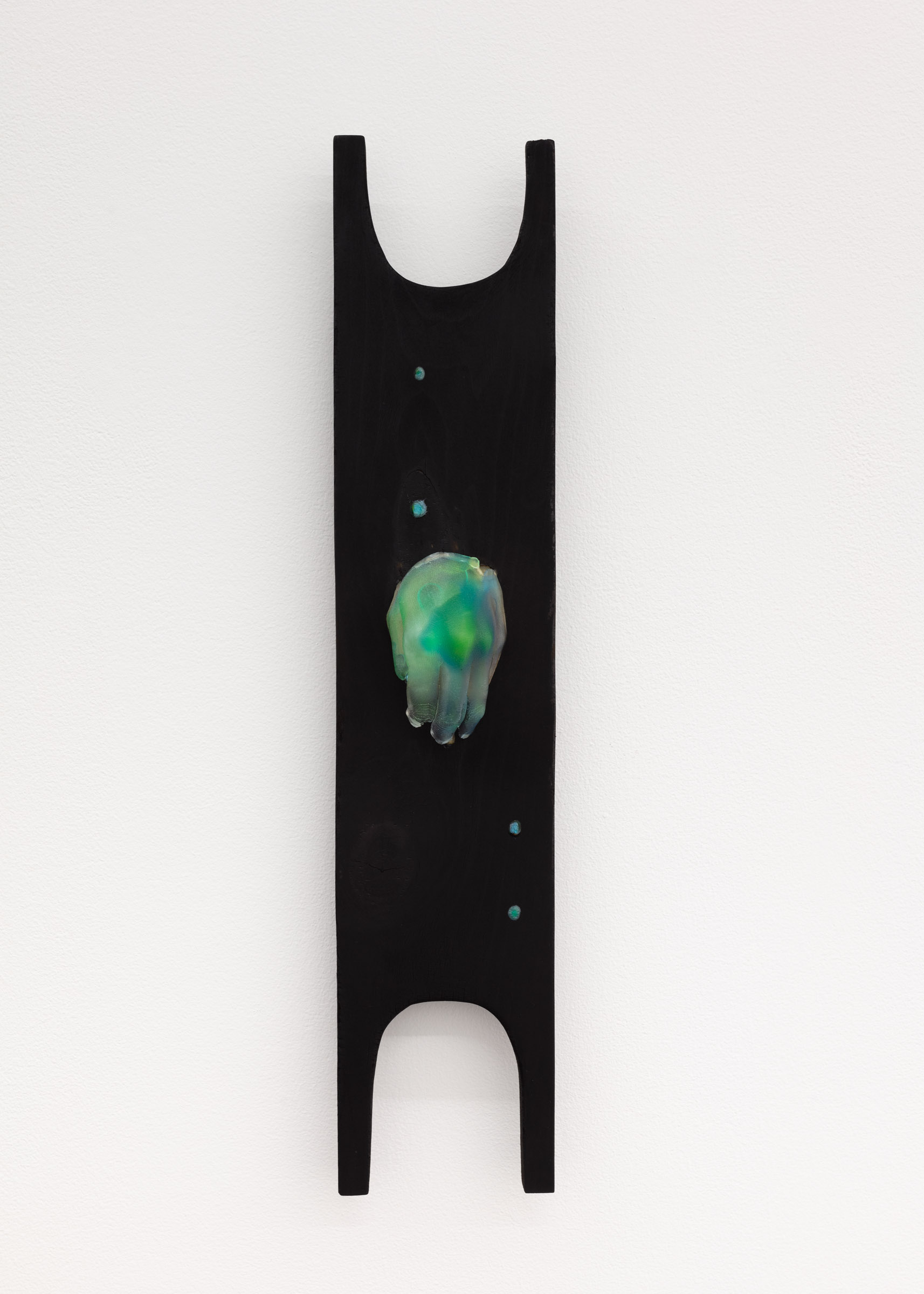





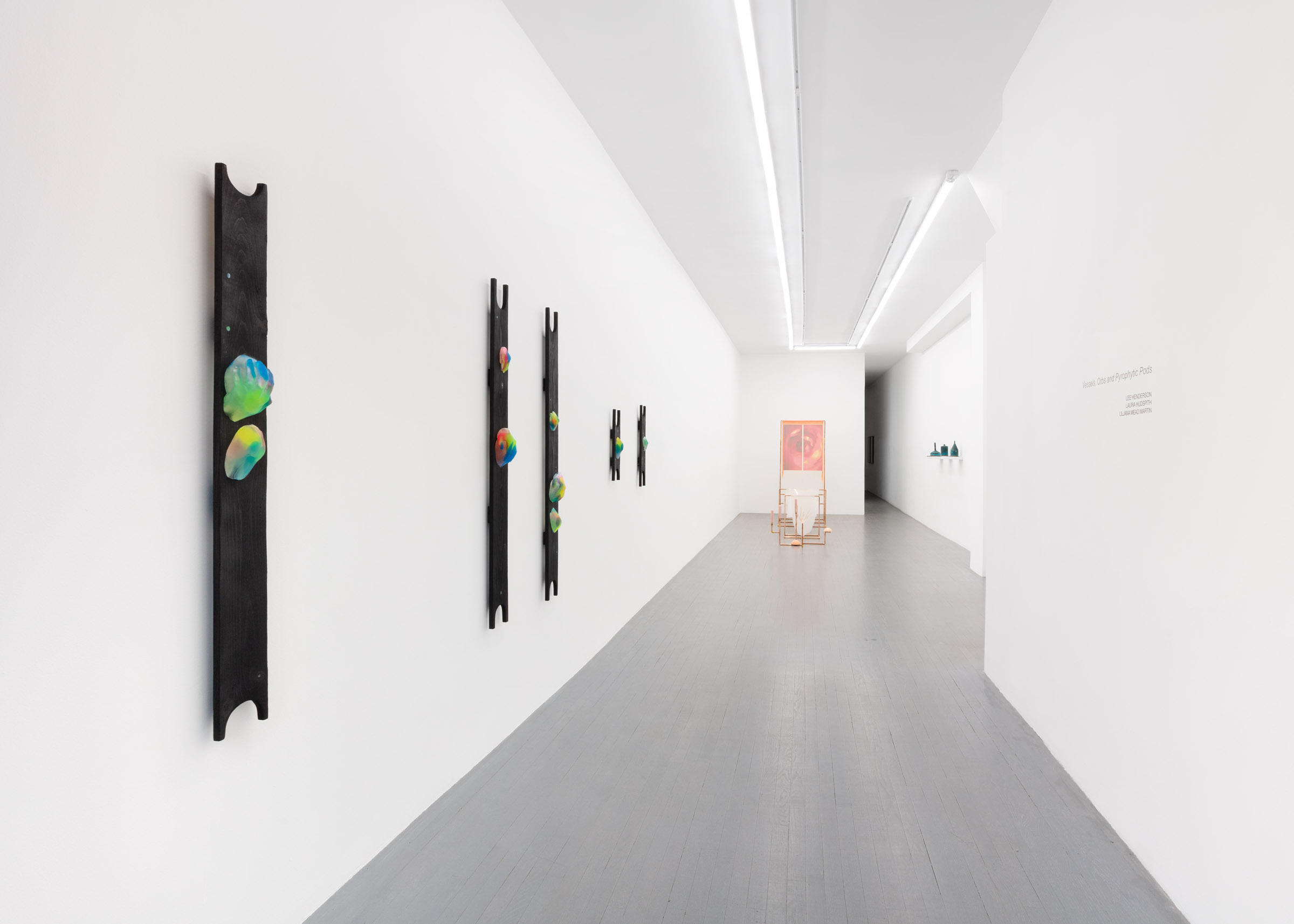

Deep Thirst BioOrchestra as a body of work, imagines a new botanical species, the first returners of a fire-scorched landscape. This niche ecosystem takes on hybrid characteristics of humans and plants, as ears and other appendages amalgamate with mycelium and carnivorous pitcher plant forms. They sprout and drip out of charred branches in fluorescent colours, mimicking the electric hues of thermal gradient maps, highlighting connections between temperature and inhabitability.
material
Arbutus, brass round wire, polyurethane resin, fluorescent pigments, smoky moonstones.

